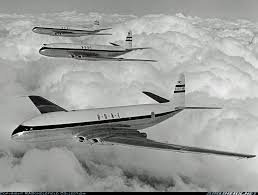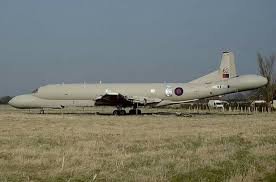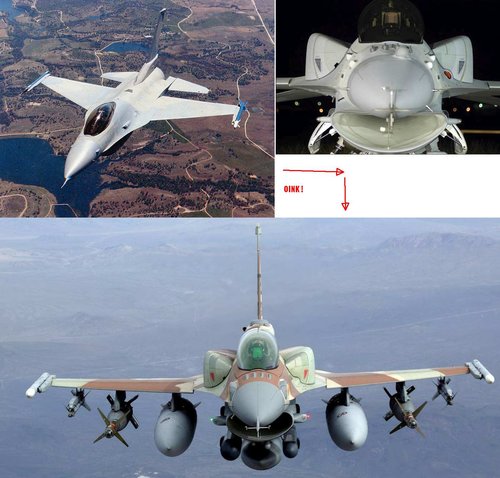- Joined
- 11 March 2012
- Messages
- 3,123
- Reaction score
- 2,962
Which airplanes got worse in later models?
Did they get over-loaded, etc.
May I nominate the Czech-built Messerschmitt 109s that were sold to Israel immediately after World War 2?
The Avia factory was sub-contracted to build Messerschmitt airplanes during WW2. Immediately post-war, Avia assembled S-99 and S-199 fighters from remaining stock-piles of Messerchmitt 109 parts. When they exhausted the supply of original Daimler-Benz 605 engines, they replaced them with Junkers Jumo 211F engines "robbed" from grounded Heinkel 111 bombers.
Sluggish throttle response and wide-bladed propellers exacerbated the Me-109's already poor handling.
The Czech Air Force flew a bunch of S-99s until the mid-1950s.
Avia sold a bunch more to Israel. The Israeli Air Force only used their S-199s during the 1948 War of Independence. Faulty synchronization gear caused a few Israeli "Messers" (German and Yiddish for 'knife') to shoot off their own propellers! Landing accidents also destroyed many Israeli S-199s.
As soon as they could, Israel replaced their S-199s with Spitfires and Mustangs and French-made jets.
After WW2, the Czechs also assembled a few Messerschmitt 262 jet fighters from surplus parts. The Czech Air Force only flew their 262s for a few years before replacing them with Russian-designed jets.
Did they get over-loaded, etc.
May I nominate the Czech-built Messerschmitt 109s that were sold to Israel immediately after World War 2?
The Avia factory was sub-contracted to build Messerschmitt airplanes during WW2. Immediately post-war, Avia assembled S-99 and S-199 fighters from remaining stock-piles of Messerchmitt 109 parts. When they exhausted the supply of original Daimler-Benz 605 engines, they replaced them with Junkers Jumo 211F engines "robbed" from grounded Heinkel 111 bombers.
Sluggish throttle response and wide-bladed propellers exacerbated the Me-109's already poor handling.
The Czech Air Force flew a bunch of S-99s until the mid-1950s.
Avia sold a bunch more to Israel. The Israeli Air Force only used their S-199s during the 1948 War of Independence. Faulty synchronization gear caused a few Israeli "Messers" (German and Yiddish for 'knife') to shoot off their own propellers! Landing accidents also destroyed many Israeli S-199s.
As soon as they could, Israel replaced their S-199s with Spitfires and Mustangs and French-made jets.
After WW2, the Czechs also assembled a few Messerschmitt 262 jet fighters from surplus parts. The Czech Air Force only flew their 262s for a few years before replacing them with Russian-designed jets.








